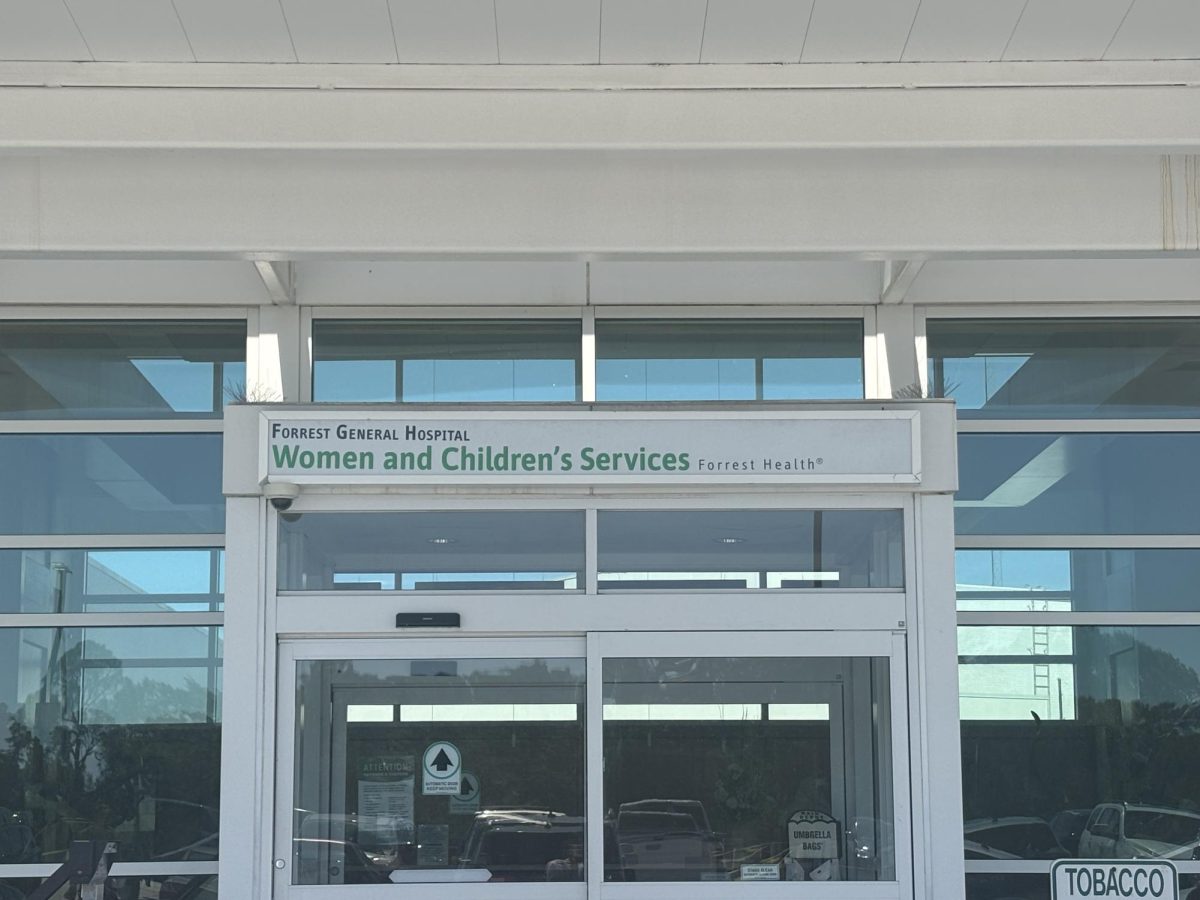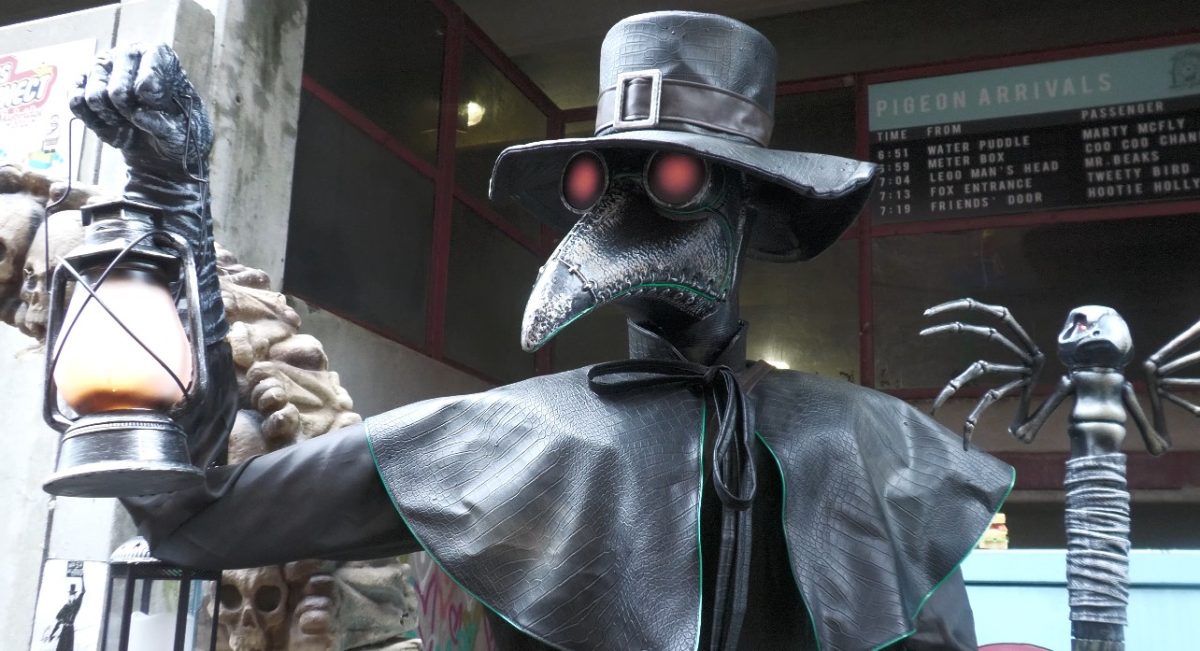By MonYonna Braxton
One study found that nearly three out of five students experienced basic needs insecurity during the pandemic, meaning that they did not have stable access to housing or food.
I was one of them. On September 18, 2020, I was physically assaulted and left with nowhere to go. I felt alone, abandoned and rejected.
School became tertiary; my focus was getting through the days. I could not comfortably afford food or health care. I often wondered how this could happen to “someone like me,” a good student who is hardworking and dedicated to her studies.
When I sought help from people on campus, I was initially met with responses like, “I’m sorry, but there’s nothing that I can do” or “Speak with your guardian.” I distinctly remember feeling like a burden to administrators.
It was not until I was introduced to a woman in Mobile, AL that I received the assistance that I desperately needed. This stranger, now godmother, knew how to navigate higher education in ways that I did not.
My instructions were to communicate my concerns with my program directors. Once in contact with the right people, I received the help that I needed. While my situation may seem uncommon, it is far from it.
In a landscape basic needs survey of nearly 200,000 students, 48% reported that they experienced housing insecurity, and 14% experienced homelessness in the fall of 2020. Black students were 16% more likely to experience basic needs insecurity than their white counterparts.
Knowing how common this issue is nationally, begs the question: how prevalent is housing and food insecurity on our campus? How many students skip meals or cannot pay their rent?
The good news is that there is growing support for meeting students’ basic needs from the university’s stance such as Eagle’s Nest Food Pantry, Swipe Away Hunger, and Seymour’s Career Closet which seeks to support students, faculty, and staff members here at The University of Southern Mississippi.
Though my situation has improved, the problem of homelessness on our college campus still exists. Regrettably, there is no specific department or person at USM whose job is to support students’ basic needs.
The good news is that there are creative ways to meet students where they are – with dignity and care.
Conducting a basic needs study to find out how common this issue is would give campus leaders a better understanding of how and where to address homelessness on college campuses.
Once data is collected, we will be able to provide ample support to vulnerable students. Recommendations include establishing a safety net for students, such as placing a percentage of finances in savings, which would help students experiencing temporary insecurity.
Additionally, creating mentoring programs would benefit the student in aspects of the student being connected to various resources on campus.
So, the question that I leave administrators and those in a position of power is simply: How are you using your platform to reach the students who are often ostracized or unnoticed?




























